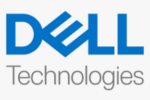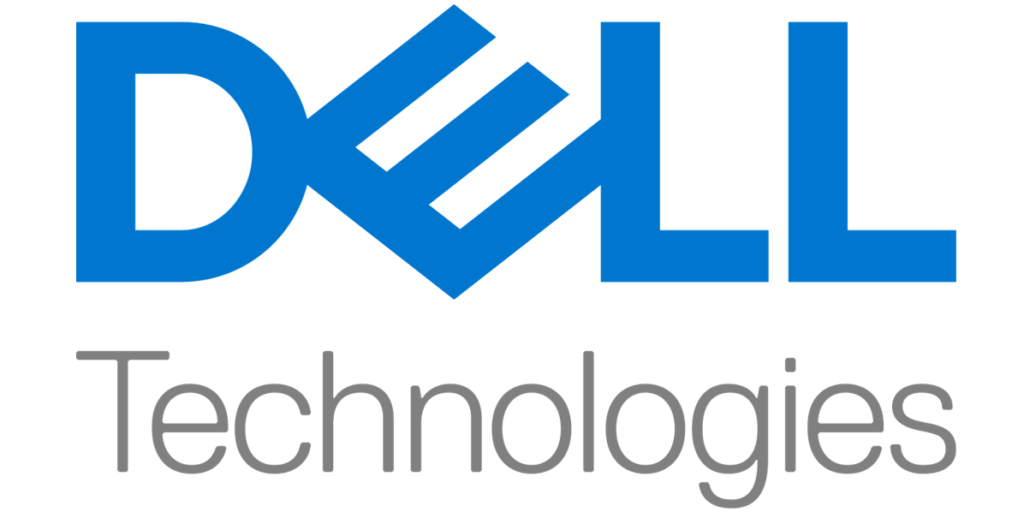Many organizations are tied to outdated storage systems that cannot meet HPC and AI workload needs. Designing high‑throughput, highly scalable HPC storage systems require expert planning and configuration. The Dell Validated Designs for HPC Storage solution offers a way to quickly upgrade antiquated storage….
It’s Time to Resolve the Root Cause of Congestion
[SPONSORED POST] In this paper, Matthew Williams, CTO at Rockport Networks, explains how recent innovations in networking technologies have led to a new network architecture that targets the root causes of HPC network congestion. Congestion can delay workload completion times for crucial scientific and enterprise workloads, making HPC systems unpredictable and leaving high-cost cluster resources waiting for delayed data to arrive. Despite various brute-force attempts to resolve the congestion issue, the problem has persisted. Until now.
It’s Time to Resolve the Root Cause of Congestion
Today, every high-performance computing (HPC) workload running globally faces the same crippling issue: Congestion in the network.
Congestion can delay workload completion times for crucial scientific and enterprise workloads, making HPC systems unpredictable and leaving high-cost cluster resources waiting for delayed data to arrive. Despite various brute-force attempts to resolve the congestion issue, the problem has persisted. Until now.
In this paper, Matthew Williams, CTO at Rockport Networks, explains how recent innovations in networking technologies have led to a new network architecture that targets the root causes of HPC network congestion, specifically:
– Why today’s network architectures are not a sustainable approach to HPC workloads
– How HPC workload congestion and latency issues are directly tied to the network architecture
– Why a direct interconnect network architecture minimizes congestion and tail latency
Atos HPC Software Suites
This whitepaper, “Atos HPC Software Suites,” from our friends over at Atos explains the main features and functionalities of the Atos HPC Software Suites and shares the company’s vision for the significant evolutions coming next in the HPC software arena.
Atos HPC Software Suites
This whitepaper from our friends over at Atos explains the main features and functionalities of the Atos HPC Software Suites and shares the company’s vision for the significant evolutions coming next in the HPC software arena.
HPC Cost Modeling
This ebook from our friends over at Rescale, focuses on why the historical methodology for determining cost, price per core hour is at best incapable of providing effective cost optimization for HPC workloads. At worst, it could increase your overall cost of ownership and slow innovation and productivity. Assessing the cost of your HPC practice […]











